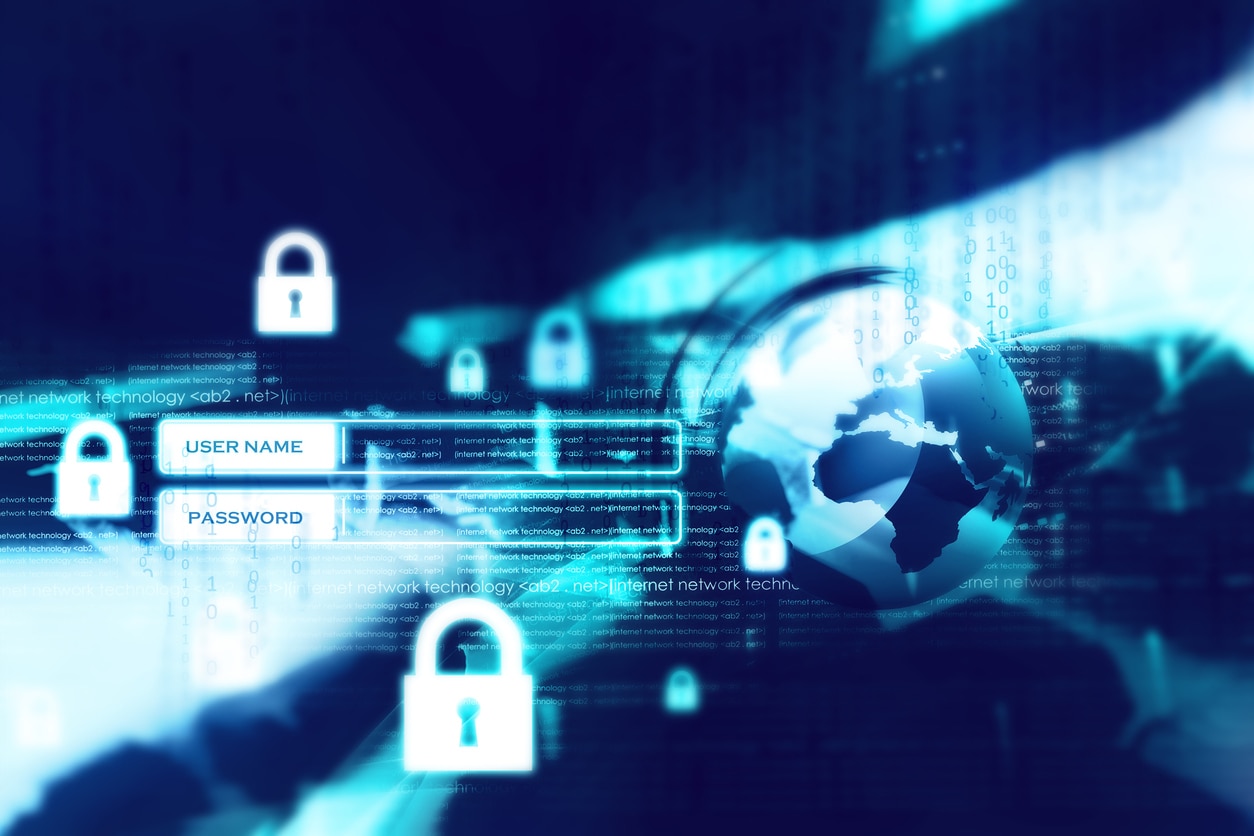Have you ever gotten a new appliance and tried to get it to function without looking at an instruction guide, only to find it is difficult to use or you are unsure what the buttons do? As a leader or even teammate, sometimes it can feel like that when working with other people. You might be unsure how to work with them or unsure about their personal preferences or pet peeves.
The bad news is that it can be frustrating and can take time to figure out. The good news is that there are tools, similar to an instruction guide for an appliance, that can help expedite this team building and help you learn how to best work together.
Knowing Your Audience
One challenge of being an effective communicator is knowing your audience. When speaking to large groups, it can be fairly easy to establish a baseline of who you’re talking with. For example, if you’re speaking at a tech conference, it’s a safe assumption that your audience is technical. If your session is about a nuanced aspect of some technology, it would be safe to assume that the session attendees are familiar with that technology, otherwise they likely wouldn’t be in your session.
Where knowing your audience becomes more important is when you’re expecting more of a dialogue than a presentation. Oftentimes, speaking to someone one-on-one can be more challenging than speaking to a group, especially when it’s your first time engaging with someone. At SentryOne, we’re lucky to have an HR department that recognizes that there might be a learning curve, and they’ve provided us with some tools to give us a head start on one-on-one communications.
DISC Profiles
At SentryOne, every employee takes a DISC assessment as part of their onboarding. This assessment ranks a person’s behavior and personality across 4 categories: Decisive, Interactive, Stability, and Cautious. Knowing your own personality in these terms allows you to have a greater level of introspection when thinking about how you are perceived by others.
For example, I’m rated quite high in the Interactive category. Because of this, I can tend to get overly talkative at times. It’s something that I need to be mindful of when interacting with someone who isn’t as high in the Interactive category, as I might end up dominating a conversation if I’m not careful.
This brings us to a powerful benefit of having access to a team’s DISC profiles—it allows you to find a good method of communicating with each team member in a way that you know that they’ll receive your message. For example, if you’re trying to pitch an idea to someone who ranks highly in the Cautious category, you’d be well served to provide them with a lot of data that supports the idea. Bonus points if you provide this data to them prior to talking with them so that they can analyze it beforehand. If you’re trying to pitch an idea to someone who ranks highly in the Interactive category, it might be more beneficial to tell a story about the positive impacts that your idea will have on people.
CliftonStrengths
At SentryOne, we strongly believe in leveraging people’s strengths. To that end, we also have our employees take a strengths assessment. We use Gallup’s CliftonStrengths for this. Although it certainly helps to determine someone’s fit for a role, a person’s strengths can also have an impact on their communication style.
For example, my top CliftonStrength is Connectedness, which means that I’m good at seeing how different factors are connected. With this in mind, people communicating with me can expect to get a lot of questions regarding the context of what they’re telling me so that I can process any other factors that seem to be unrelated to their main point.
For example, if I’m communicating about an issue with someone who’s top CliftonStrength is Restorative, I know that they’re going to be digging in for a root cause so that they can start finding solutions. Taking the same issue to someone who has Empathy as their top CliftonStrength would likely lead to a conversation that’s more about the people involved with the issue than the issue itself.
Culture and Communication
Culture plays a crucial role in communication. Fostering an environment of trust and safety is key to attaining good communication. Miscommunications are always going to happen. People are fallible, and because communication is facilitated by people, there are going to be gaps. Acknowledging this fact is the first step toward better communication. A little bit of empathy and giving people the benefit of the doubt will go a long way in improving communication.
Good communication happens when there is an environment of trust built to enable authenticity. When there is a lack of trust and security, people can end up saying things that are vague and can be misconstrued for fear of saying something that is unfavorable but true.
It’s Not Always Easy
Communication is not an easy thing to master. The factors that distinguish good communication from bad are extremely variable from one individual to another (and even from one day to another with the same individual).
With that said, the most important piece of advice that I can give is to simply try. I believe that things we do that are painful and necessary shouldn’t be avoided. We should do these things more often and learn what we can do to make them less painful. Communication is not an exception to this. If you have a hard time communicating with someone, do it more often and identify why it’s challenging. If you have access to the tools that I talked about above, they can help immensely. But the most important thing is that you try.
Until next time, stay agile and be kind to one another.






